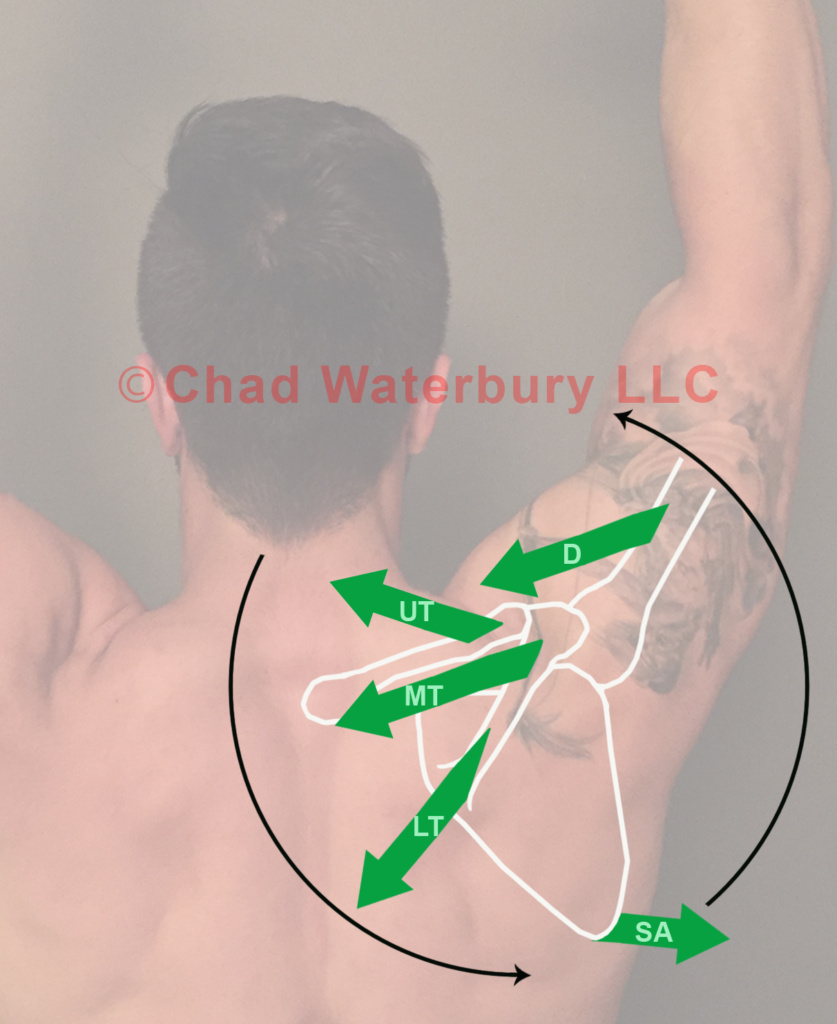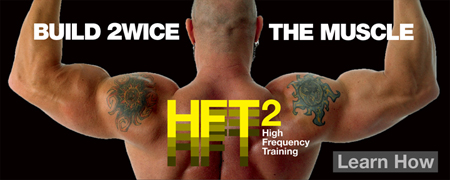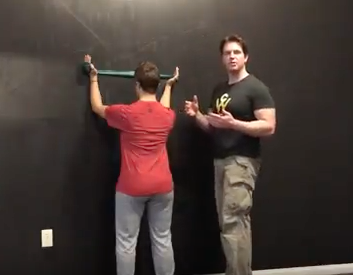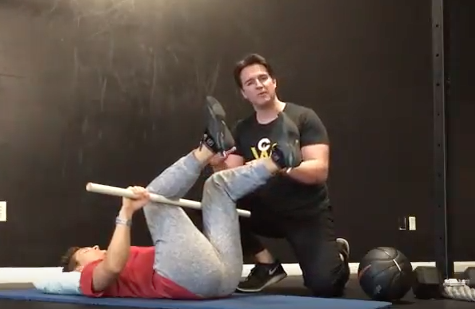There is no doubt that many people have cranky shoulders. This is especially evident when they try to lift their arms fully overhead, or when they’re trying to military press with proper form. When you see a guy or gal excessively arch the lower back when pressing weights overhead, it’s likely that compensation is due to a lack of overhead shoulder mobility.
During my first year of the Doctor of Physical Therapy (DPT) program at USC, I got to fully dissect a cadaver. I’ll never forget the week I spent on the shoulder region. Once you see how many muscles, ligaments, vessels, and structures are jam-packed within the shoulder, it’s amazing we could ever lift our arms overhead without pain. Furthermore, the timing and sequencing of muscle activation the nervous system must coordinate while reaching overhead is pretty astonishing.

Indeed, when you consider the plethora of structures within the shoulder complex, and the motor control that’s required for smooth, full range of motion movement, it’s no surprise why a lack of overhead mobility is a widespread problem in the fitness community.
It’s worth mentioning here that there can be 100 different reasons why you lack overhead mobility. And this is also why there are over 100 different special tests used by physical therapists and orthopedic doctors for assessing the shoulder complex. But there are a few common problems that most people need to correct.
One of my favorite corrective exercises to improve overhead mobility is the elbow wall walk. The benefits of this exercise are numerous, but there are three primary goals when you do it correctly. First, it activates the shoulders’ external rotators, which helps pull the head of the humerus into its ideal position. Second, the exercise activates the serratus anterior, a muscle that’s essential for upward rotation of the scapula. Third, the elbow wall walk teaches your client to reach overhead without extending the lumbar spine.
Test Yourself
The elbow wall walk is a terrific shoulder activation drill to perform before upper body training or Olympic lifts. Nevertheless, if you or your client has problems with overhead mobility it’s important to determine if this exercise provides the benefit you seek. You’ll perform 2 sets of the elbow wall walk, and each set should last 45-60 seconds.
- Do you lack the ability to reach your arms fully overhead? Perform an overhead reach and have your buddy take a picture of your end range of motion. Measure the shoulder joint angle using one of the many Smartphone apps. After that, perform the elbow wall walk, and then retest (and remeasure) your shoulder joint angle to determine if it improved.
- Shoulder pain when reaching or pressing overhead? Find the overhead position that causes discomfort, and rate it on a scale of 1-10 with 10 being “emergency room” pain. Perform the elbow wall walk, then retest the overhead position and see if the pain intensity has decreased.
- Poor shoulder stability when holding weights or a barbell overhead? Perform the elbow wall walk, then retest the exercise to determine if your shoulder stability has improved.
The elbow wall walk requires a TheraBand or some type of light resistance band that can be wrapped around each hand. Be sure to “walk” the elbows up the wall very slowly during this drill, and follow the cues outlined in the video below.
If you lack the necessary external rotation mobility to perform the drill correctly, it’s likely your subscapularis is too stiff. The video below shows some techniques to improve that range of motion.
Do you have nagging joint pains during, or after, training? Check out my Powerful Mobility ebook.
Stay Focused,
CW



